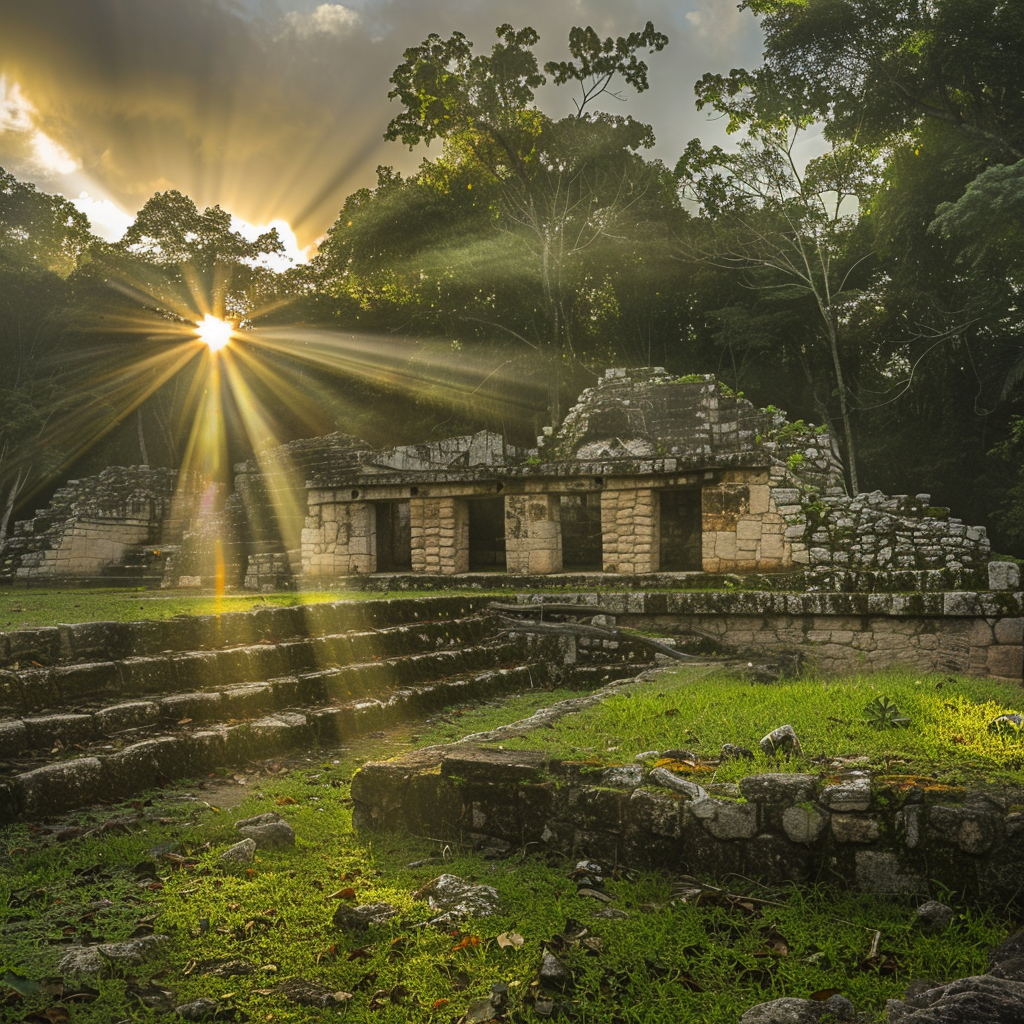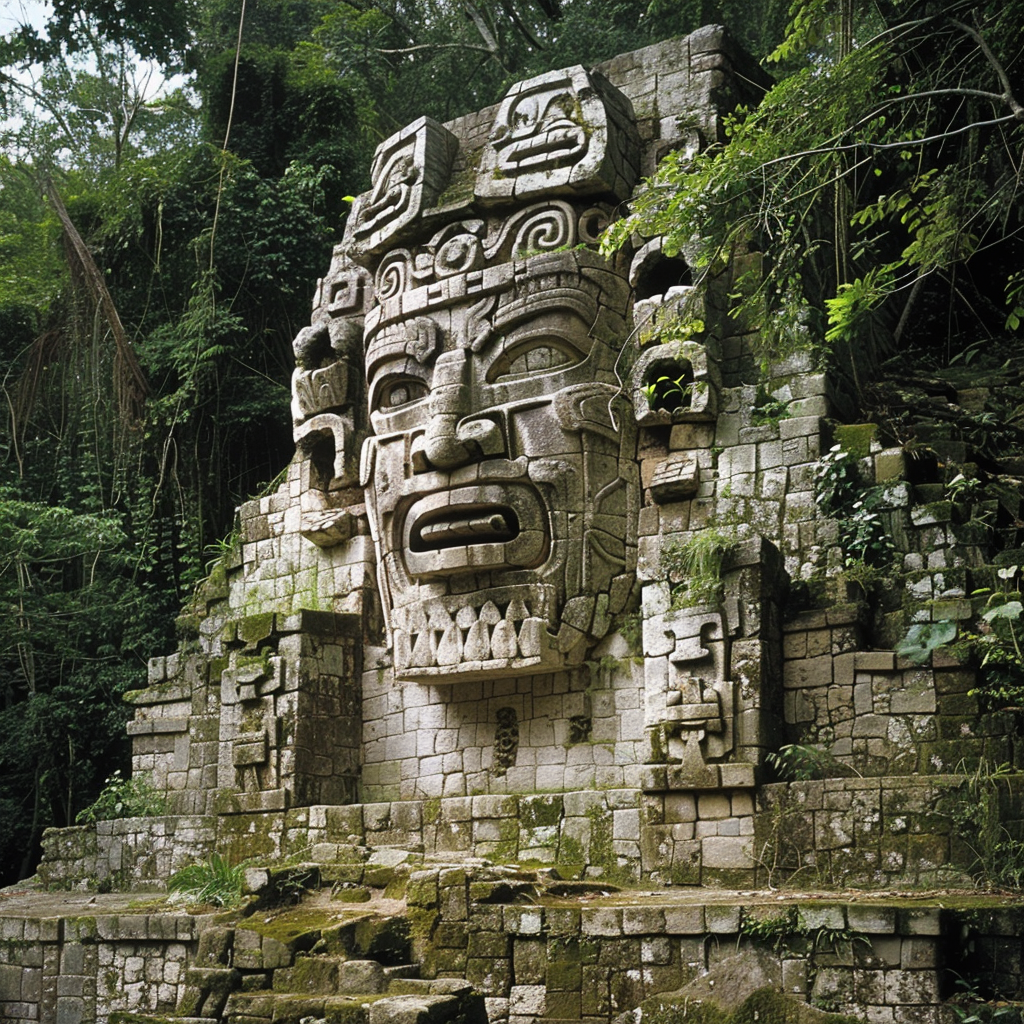A Historical Travelogue by Mike Savage of New Canaan, CT
Nestled in the lush landscapes of Central America, Honduras is a treasure trove of ancient Mayan civilization. The Mayan culture, known for its advanced knowledge in astronomy, mathematics, and art, flourished in this region between 2000 BCE and 1500 CE. Honduras, though less frequented than its counterparts in Mexico and Guatemala, boasts significant archaeological sites that offer a unique glimpse into this enigmatic civilization.
Among these, the ruins of Copán stand out as one of the most important and well-preserved Mayan sites in the world.
Let’s delve into the rich history of the Mayans in Honduras, explore the grandeur of Copán, and highlight other notable archaeological sites in the region. A look back at the history of Honduras also helps us understand the roots of poverty there.
The Mayan Civilization in Honduras
The Mayan civilization in Honduras reached its zenith during the Classic Period (250-900 CE). This era was marked by the construction of impressive cities, the development of complex societal structures, and remarkable achievements in various fields of knowledge.
The Mayans in Honduras were part of a broader network of city-states that spanned across modern-day Mexico, Belize, Guatemala, and El Salvador. These city-states were interconnected through trade, alliances, and warfare, yet each maintained its own unique characteristics and local governance.
Copán: The Jewel of the Mayan World
Historical Significance
Copán, located in the western part of Honduras near the Guatemalan border, is one of the most significant Mayan archaeological sites. Often referred to as the “Athens of the Maya World,” Copán was a major political, cultural, and religious center. Its history can be traced back to the early Preclassic Period, but it reached its peak during the Classic Period, particularly between the 5th and 9th centuries CE.
The dynasty of Copán was founded by K’inich Yax K’uk’ Mo’ in the early 5th century CE. Under his rule and that of his successors, Copán developed into a thriving metropolis, adorned with elaborate temples, palaces, plazas, and stelae (stone monuments).
The city was a hub of artistic and intellectual activity, and its influence extended across the Mayan world.
Architectural Marvels
The architecture of Copán is renowned for its intricacy and grandeur. The site is divided into several major complexes, each with its unique features:
- The Acropolis: This elevated complex is the heart of Copán, featuring a series of palaces, temples, and courtyards. The Acropolis is noted for its intricate carvings and stucco decorations, which depict various aspects of Mayan cosmology and royal life.
- The Great Plaza: This expansive plaza is surrounded by impressive structures and stelae, including the famous Hieroglyphic Stairway. The stairway, with its 63 steps adorned with over 1,800 glyphs, is the longest known Mayan text and provides invaluable insights into the history and dynastic lineage of Copán.
- Ball Court: The ball court at Copán is one of the most well-preserved in the Mayan world. The game played here, known as Pok-ta-Pok, held significant ritual importance and was often associated with themes of cosmic order and renewal.
- Stelae and Altars: Copán is famous for its intricately carved stelae, which were erected to commemorate important events and honor the city’s rulers. These monuments are masterpieces of Mayan art, showcasing the skill and creativity of Copán’s artisans.
Insights into Mayan Civilization
The ruins of Copán provide a wealth of information about Mayan society, politics, religion, and daily life. The extensive hieroglyphic texts and intricate carvings found throughout the site offer insights into the dynastic history, religious practices, and cosmological beliefs of the Mayans.
Copán’s artistic achievements, including its detailed sculptures and elaborate architecture, reflect a highly sophisticated and organized society.

Other Notable Mayan Sites in Honduras
While Copán is the crown jewel of Mayan archaeology in Honduras, several other sites also offer fascinating glimpses into the ancient civilization:
El Puente
Located about 40 kilometers from Copán, El Puente is another significant Mayan site. This smaller city served as an important link between Copán and other Mayan regions. El Puente features a central acropolis, pyramids, and residential areas. The site offers a more intimate look at Mayan life and provides important context for the broader Mayan network.
Los Naranjos
Situated near Lake Yojoa, Los Naranjos is one of the oldest known archaeological sites in Honduras, with evidence of occupation dating back to 1000 BCE. The site includes large earthen mounds, plazas, and ceremonial structures. Los Naranjos highlights the early development of complex societies in the region and their long-lasting impact on subsequent cultures.
Río Amarillo
Río Amarillo, also known as La Castellona, is another intriguing Mayan site located near Copán. This smaller settlement features a central plaza, residential structures, and stelae. Excavations at Río Amarillo have revealed important information about the trade networks and interactions between Copán and its neighboring regions.
The Legacy of the Mayan Civilization in Honduras
The Mayan archaeological sites in Honduras are more than just remnants of a bygone era; they are living testimonies to the ingenuity, resilience, and cultural richness of the Mayan civilization.
These sites continue to captivate scholars, tourists, and locals alike, offering a window into a world that shaped the history of the region.
Preserving and studying these archaeological treasures is crucial for understanding the complexities of Mayan society and its contributions to human history.
Efforts to protect and promote these sites have been bolstered by initiatives from both local and international organizations, ensuring that future generations can continue to explore and learn from these ancient wonders.
Honduras, with its rich tapestry of Mayan archaeological sites, is a destination that beckons history enthusiasts and curious travelers alike. From the grandiose ruins of Copán to the lesser-known but equally fascinating sites like El Puente and Los Naranjos, each location offers a unique perspective on the Mayan civilization.
These ancient cities, with their stunning architecture and intricate carvings, provide invaluable insights into the cultural, political, and religious life of the Mayans.
As we continue to unearth and study these remarkable sites, we gain a deeper appreciation for the legacy of one of the most advanced civilizations of the ancient world.
ABOUT MICHAEL SAVAGE OF NEW CANAAN, CT
Savage from New Canaan is the Founder of 1-800 Accountant that helps businesses with their accounting services and needs through cutting-edge technology and customer support. He runs the company alongside CEO Brendon Pack.
In his spare time, Savage enjoys creating unique koi ponds, collecting Michael Jordan sneakers, vintage Lego sets, and admiring muscle cars and unique pop art. He and his wife also spearhead the Savage-Rivera foundation to help impoverished families in Honduras.
